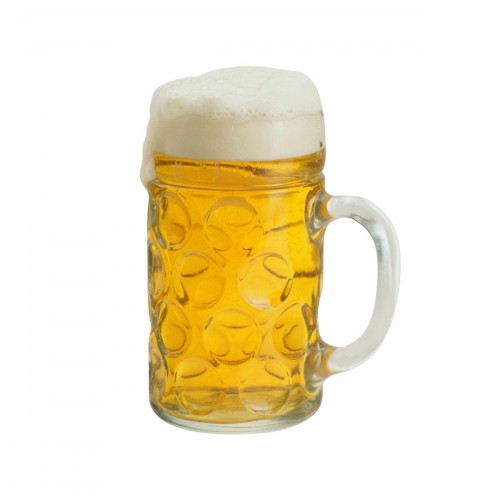
Anybody ever notice how “amplifier kits” sound the way that “beer kits” taste?
I recently took up homebrewing and, not knowing any better, I smiled as the nice LHBS man filled up my arms with “beer kit” paraphernalia. I read the instructions carefully, bottled it up happily, and waited patiently for EIGHT weeks as it aged to “perfection”. For any of you who have tried a beer kit, you are probably aware that “perfection” is a term to be applied loosely…
After dumping out bottle after bottle of icky beer, I was motivated to try making some beer from scratch. This took lots of research that involves terms particular to beer making such as “degrees Plato”, “brix”, “original gravity”, “final gravity”, “wort” (pronounced “wert”), etc. Make no mistake that I still made plenty of errors as I learned the ropes of making beer from scratch, but with a little tenacity I finally made something pretty good. Please see the recipe below.
This whole experience bears an uncanny resemblance to “amplifier kits”. This is where you take somebody’s amplifier controller and simply add the right ingredients – output stage, output filter, and power supply are typical – to build a complete amplifier. It all sounds so simple, like the beer kit, and great results are promised, but these amplifier kits never quite manage to live up to it…
After throwing out the amplifier kit (i.e. “dumping the bad beer”) some are motivated to do research to figure out what is needed to make an amplifier from scratch. There are many terms particular to amplifier design such as “dead time”, “slew rate”, “THD”, “EMI”, etc. There are plenty of errors still in store for the would-be amplifier designer, but again with some tenacity it is possible to develop an amplifier that will shame any amplifier kit out there.
“Dry Ice Ale” Recipe
- 6 lbs Briess 2-row malted barley
- 2 oz Glacier hop pellets (added during boil)
- 2 oz Cascade hop pellets (added to secondary)
- 11g Nottingham ale yeast, proofed
- Bring 5 gal water to 160F (fill pot with water night before)
- Add grain and steep 30 min stirring occasionally
- Remove grain and bring to boil (this is a no-sparge process)
- Boil 30 min while adding 2 oz Glacier hops continuously
- Put in ice water bath and stir gently for 20 min
- Pitch proofed yeast and pour into primary
- Fill airlock with water and let ferment 1 week
- Transfer to secondary, add 2 oz Cascade hops
- Fill airlock with water and let sit 2 weeks
- Transfer to bottling bucket and add 1/3 cup sugar
- Fill bottles and let carbonate 1 week
- Put in cellar and let rest 4 weeks
- Serve at cellar temperature and enjoy!
August 24th, 2009 at 6:02 am
Jim Socha…
…